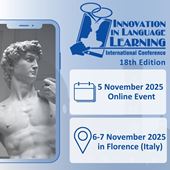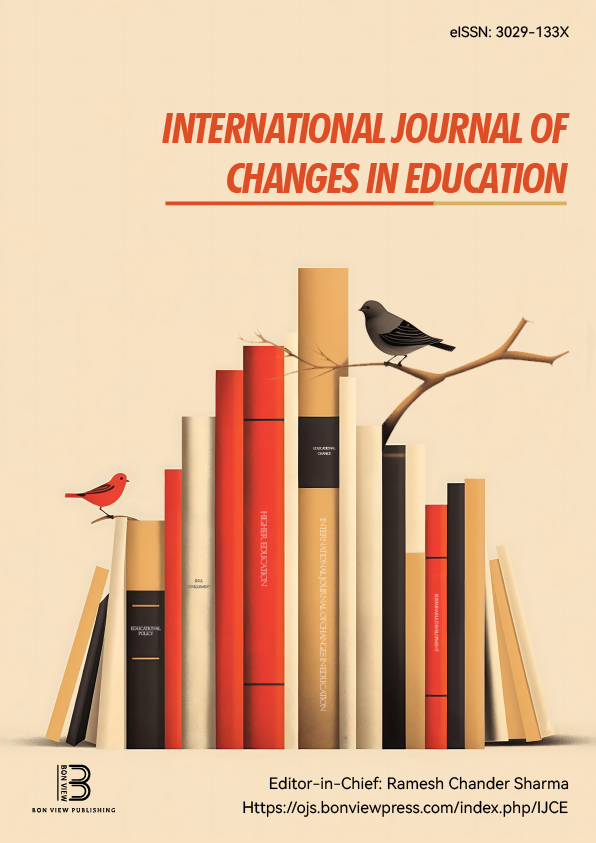Investigating The Effect of Background Animation on Moroccan Secondary School EFL Learners' Acceptance and Engagement in Gimkit Gamified Quizzing.
Abdelkarim Amzil, PhD student, Faculty of Letters and Human Sciences Hassan II University of Casablanca (Morocco)
Abstract
Gamified platforms such as Gimkit have increasingly been integrated into English as a Foreign Language (EFL) classrooms to enhance student motivation and engagement. While existing research underscores the general benefits of gamified learning tools, there has been limited focus on the influence of specific game elements on learners' perceptions and behaviors. This quasi-experimental study investigated the impact of background animation in Gimkit on Moroccan secondary school students’ acceptance and engagement during grammar-based quizzing tasks. Two intact groups participated in the study: one engaged with quizzes featuring animated backgrounds, while the other completed the same quizzes with static visuals. Data were collected through learner perception surveys and classroom observations. The results showed that background animation fostered greater student engagement without adversely affecting their overall acceptance of the platform. The findings of this study offer valuable insights into the design and implementation of gamified learning environments in EFL instruction.
Keywords: Gamification, background animation, learner engagement, student acceptance, EFL, quizzing platforms, digital learning tools.
REFERENCES
Ab. Rahman, R., Ahmad, S., & Hashim, U. R. (2018). The effectiveness of gamification technique for higher education students engagement in polytechnic Muadzam Shah Pahang, Malaysia. International Journal of Educational Technology in Higher Education, 15(1). https://doi.org/10.1186/s41239-018-0123-0
Ait Hammou, Y., & Elfatihi, M. (2019). Moroccan Teachers’ Level of ICT Integration in Secondary EFL Classrooms. International Journal of Language and Literary Studies, 1(3), 1–19. https://doi.org/10.2139/ssrn.3512911
Bicen, H., & Kocakoyun, S. (2018). Perceptions of students for gamification approach: Kahoot as a case study. International Journal of Emerging Technologies in Learning, 13(2), 72– 93. https://doi.org/10.3991/ijet.v13i02.7467
Brigham, T. J. (2015). An Introduction to gamification: Adding game elements for engagement. Medical Reference Services Quarterly, 34(4), 471–480. https://doi.org/10.1080/02763869.2015.1082385
Campell, D. T., & Stanley, J. C. (1963). Experimental and quasi-experimental designs for research on teaching. Chicago: Rand McNally & Company.
Chaiyo, Y., & Nokham, R. (2017). The effect of Kahoot, Quizizz and Google Forms on the student’s perception in the classrooms response system. 2nd Joint International Conference on Digital Arts, Media and Technology 2017: Digital Economy for Sustainable Growth, ICDAMT 2017, 178–182. https://doi.org/10.1109/ICDAMT.2017.7904957
Cheong, C., Filippou, J., & Cheong, F. (2014). Towards the gamification of learning: Investigating student perceptions of game elements. Journal of Information Systems Education, 25(3), 233–244.
 Innovation in Language Learning
Innovation in Language Learning





























